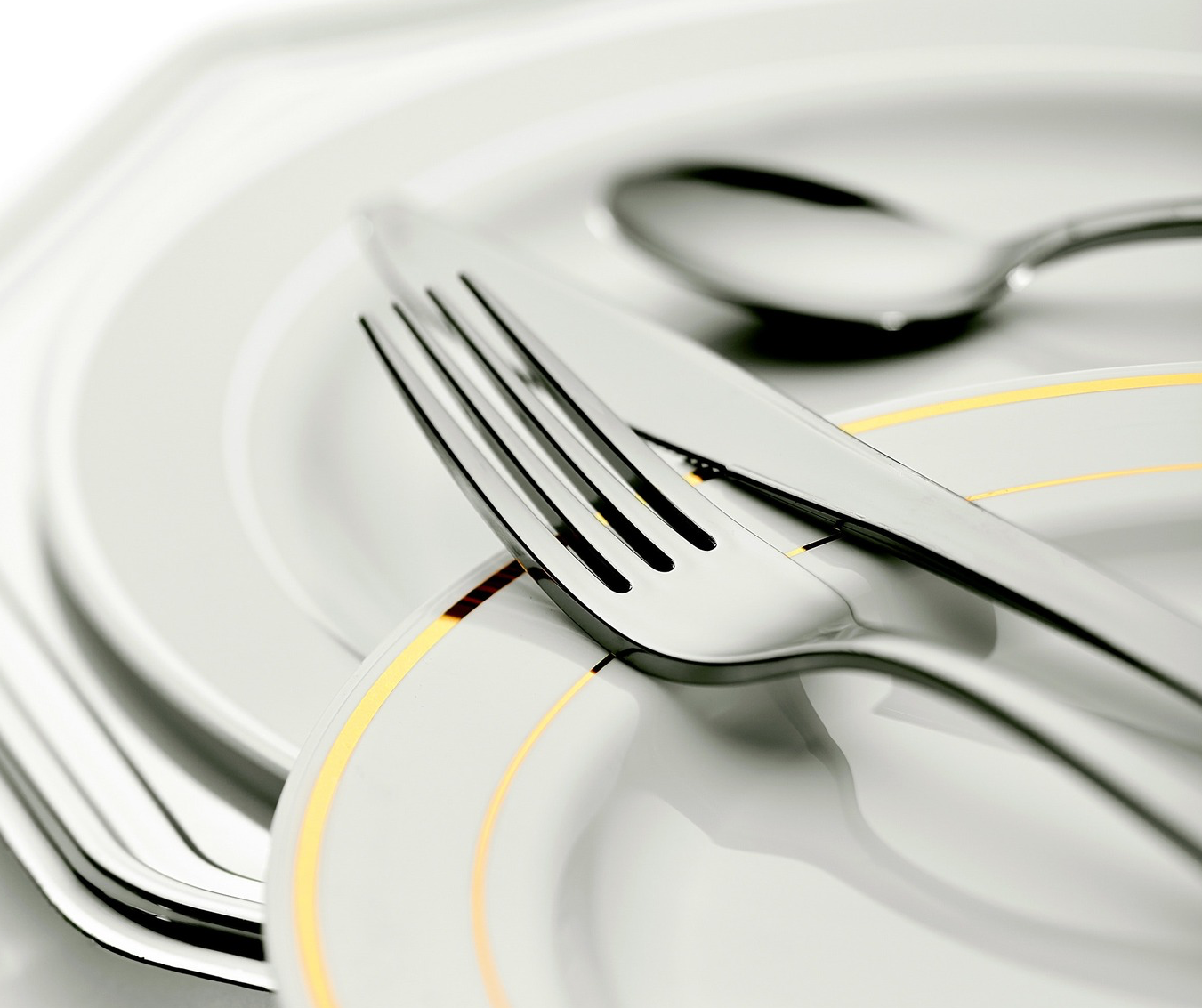If you’re wondering what stands behind the title Silver Service, you’re in the right place. I’m more than happy to share the universal definition of Silver Service, along with a few of my own professional insights.
For as long as I can remember, even when I was a complete beginner in the yachting industry, the term Silver Service felt exciting on its own. Before I attended any service courses to understand luxury properly, I could only listen to stories — tales of 7-star service, exceptional standards, superior service, and everything that defined true luxury. None of my supervisors, rotating frequently (the Butler/ the Chief Steward, the Chief Stewardess, the Second Stewardess) had time nor will really to explain the rules of Silver Service to me when I asked. I could only get a short messages or partial information out of the context on Silver Service. „Oh this is how you do it”, „there you need to place a steak”, „bb plate only there not there”, „take gloves”, „don’t put on the gloves”. What I hated to hear the most was: „You don’t need to know all of that, just bring me the extra wine glasses”. As much as I understood that the guests wanted new wine and that this was the priority, I was still very curious about the finer details of the service.
You can only imagine how uncertain I felt about the quality of my service skills and my understanding of luxury service in general. I had worked in restaurants before joining yachting, I knew the basic service etiquette, and I was eager to keep learning — but how was I supposed to do that in the middle of the ocean? Well, back then, there was no Internet search engines available to the crew. We could only check our e-mails. Not sure how I made it… Anyway, this is when I decided to book my first Silver Service course. That course changed my life onboard. I became more confident, I felt ready for a promotion, and I finally recognised my calling to become a chief stewardess in the future. Today I know that, even though a Silver Service course is not required for junior stews (since the beginning of your career focuses more on housekeeping), it opens your eyes to true luxury, 7-star service, and the purpose of working in superyachting. This is why I really recommend the course to any of the beginners, even the short 6h online course that we do here at Stewarding Academy. You will not get the Certificate of Competency right away, but at least you will understand the essence of fine dining on luxury yachts (or jets) and that will give you the wind to your sails (or wings).
After my first Silver Service course, I was able to say what Silver Service is more or less. After years, I am able to give a new definition to it. It is not only a platter to plate food transferring technique, not only the silverware handling, it is a certain style, certain hygiene, certain comfort, moreover, it is a classy style mixed up with your own style, something that is happening here and now and is adjusted to the specific circumstances aboard the yacht. The way I teach Silver Service is by engaging your entire body and mind, helping to strengthen the areas that need development. We explore the sea, the air, and the art of noticing and measuring every detail.
At Stewarding Academy we offer two options of learning Silver Service: full training and short online training. What is the difference? The full training is more in-depth and focuses on practical exercises, while the short course serves rather as a guide to begin learning on your own. Of course, each person’s experience may differ, since Stewarding Academy courses are boutique and tailored to your individual needs.
Sample topics:
1. Diplomatic protocol and etiquette in table service, 2. Guest and owners’ F&B preferences understanding, 3. Silverware decoded, cutlery & pottery focus, 4. Breakfast, lunch & dinner planning (menu, diets, shopping lists), 5. Silver service styles and techniques applicable (French, Russian, family etc.), 6. Basics of garnish, decoration and floristry – art of service, 7. Table cover (+napkin folding art+centre piece ideas) mise en place, 8. Tray service/ Cocktail party service/ Canapés, 9. Fine goods focus (caviar, cognac, cigars & others of choice), 10. Table service sequence practice.
Remember that before you book the trainig, you need to organise yourself a uniform as the formal dress code is required (white top, dark bottom or black dress, 2 pairs of service gloves). Ready to start the adventure? Send me a message: Manager@StewardingAcademy.com and we will set up a free consultation.


